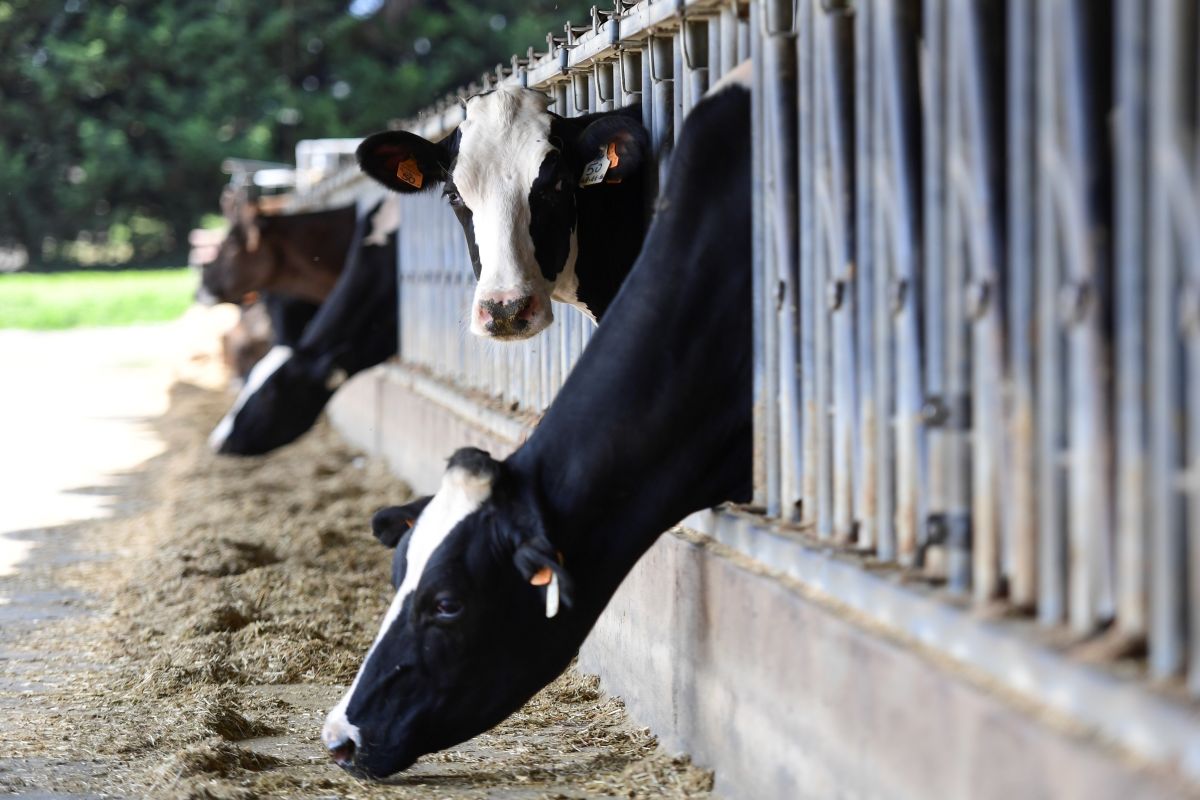Chinese scientists successfully used cloning technology to combat their reliance on imported dairy cows.
Scientists from China’s Ningxia Hui Autonomous Region recently cloned three Holstein Friesian cows, a breed of dairy cattle that originated in the Dutch provinces of North Holland and Friesland.
As China’s middle-class population grows, demand for items like milk and various seeds increases. However, according to a Global Times article,China must import 70 percent of its dairy cow population from abroad. The cloning experiment was to bring more access to dairy products to the nation and reduce the country’s dependency on others.
The cows were cloned using tissue from a Holstein Friesian known as a “super cow,” a very high-yielding dairy animal that is created through a selective breeding process.
Holstein cows are known for their milk production, and super cows will be able to produce up to 36,000 pounds of milk a year. Shortly after the pandemic, China increased its dairy imports from the United States. AgriPulse, for example, reported that in 2021 China’s dairy imports from the United States increased by 75 percent.
Scientists at Northwest A&F University took a sample from the ear of a super cow and used it to create the clones. The Global Times article noted that only a very small number of Chinese dairy cows are highly productive, just five out of 10,000, and cloning efforts could vastly increase the country’s milk output.
A very small number of cattle are considered super cows, and China has worked to preserve genes to bolster its herd of highly productive cows.
The first experiment created 120 cloned embryos, with approximately 50 implanted into the surrogates.
China has increased its efforts to become a self-sufficient nation by focusing on seed technology to improve access to vital seeds and create a food-secure nation.
In 2015, The Guardian reported that China was breaking ground on the world’s largest animal cloning factory, with which they expect to clone up to 1 million cattle a year.
Also read:
Scientists aim to “revive” the woolly mammoth by 2027
· Texas woman spends $25,000 to clone her dead cat; she claims he was her ‘soul mate’
Scientists seek to genetically “resurrect” the extinct Tasmanian tiger
